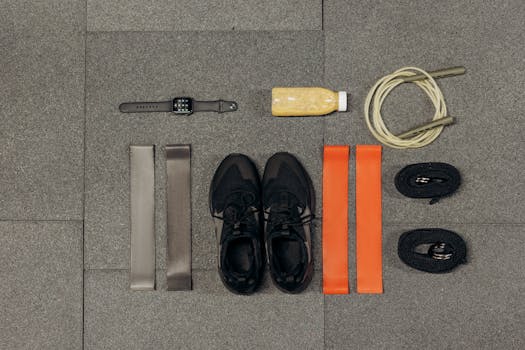
How to Create an Effective Strength Training Routine
Takeaways: To establish an effective strength training routine, focus on setting clear goals, incorporating compound movements, balancing your workout schedule, ensuring proper form, and allowing for recovery. Consistency, progression, and nutrition are key elements for success.
Strength training is a fundamental component of a well-rounded fitness regimen. Whether you’re looking to build muscle, increase strength, or improve your overall health, creating an effective strength training routine is essential. This article will guide you through the steps needed to design a program that meets your individual fitness goals.
1. Define Your Goals
Before you begin crafting your strength training routine, it’s vital to set clear, achievable goals. Understanding your objectives will help you tailor your workouts to meet your specific needs. Common goals include:
- Muscle Building: If your aim is hypertrophy (muscle growth), you should focus on higher repetitions and moderate weights.
- Strength Gain: For building raw strength, prioritize lower repetitions with heavier weights.
- Weight Loss: Combine strength training with high-intensity interval training (HIIT) to maximize calorie burn.
Once you define your goals, you can choose the right exercises and structure your routine accordingly.
2. Choose the Right Exercises

- Compound Exercises: These involve multiple muscle groups and joints, making them time-efficient and effective. Examples include squats, deadlifts, bench presses, and pull-ups.
- Isolation Exercises: While compound movements are essential, isolation exercises can help target specific muscles. Examples are bicep curls and tricep extensions.
Ensure your routine includes a mix of both to promote balanced muscle growth and strength.
3. Structure Your Workout Schedule

- Full Body Workouts: Ideal for beginners or those with limited time, training the entire body 2-3 times a week can yield excellent results.
- Split Routines: For more advanced lifters, splitting workouts by muscle groups (e.g., upper/lower body or push/pull/legs) allows for focused training sessions and adequate recovery.
Consistency is key, so choose a schedule that fits your lifestyle and stick to it.
4. Prioritize Form and Technique

- Start with Lighter Weights: Focus on mastering the technique before increasing the load.
- Use Mirrors: If available, use mirrors to observe your form and make necessary adjustments.
- Consider Professional Guidance: Hiring a personal trainer, especially when starting, can help you learn correct techniques.
5. Allow for Recovery

- Rest Days: Incorporate rest days into your routine to prevent overtraining.
- Active Recovery: Engage in light activities, such as walking or yoga, on rest days to promote blood flow.
Conclusion

FAQs
Q1: How often should I strength train?

Q2: Can I strength train at home?
A: Yes, you can perform many strength training exercises at home using bodyweight, resistance bands, or dumbbells. Make sure to focus on form.
Q3: What is the best time of day to strength train?
A: The best time to train is when it fits your schedule and when you feel most energized. Consistency is more important than the specific time of day.
Q4: Should I do cardio with strength training?
A: Yes, incorporating cardio can improve overall fitness, but the balance depends on your goals. If muscle gain is your priority, consider prioritizing strength training.
Q5: How long should a strength training session last?
A: Most strength training sessions last between 45 to 90 minutes, depending on the number of exercises and sets performed.






